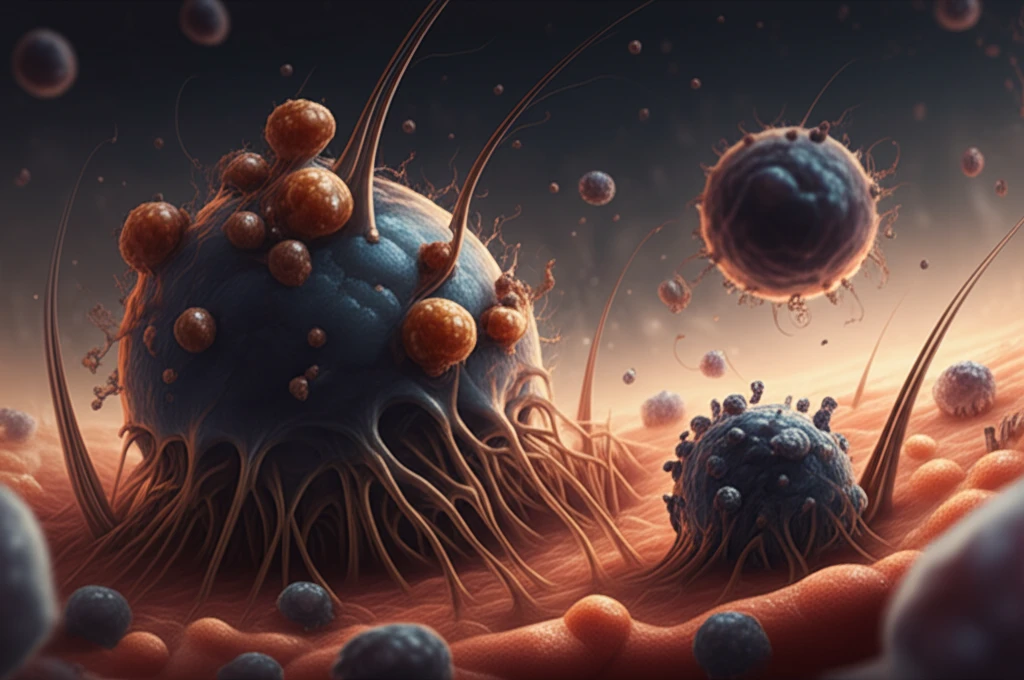
Decoding Skin Cancer: New Insights Into Squamous Cell Carcinoma
"A comprehensive look at the latest research on cutaneous squamous cell carcinoma, its development, and potential new treatment avenues for women and men."
Skin cancer is a growing concern, with cutaneous squamous cell carcinoma (cSCC) representing a significant portion of diagnoses. While often treatable, understanding how cSCC develops is crucial for prevention and better outcomes. Recent research has shed light on the complex genetic and molecular processes driving this type of cancer, offering new hope for more targeted therapies.
Traditionally, cSCC is linked to sun exposure and can arise from precancerous lesions called actinic keratoses (AK). However, the precise steps in this progression have remained unclear. Scientists have been working to unravel these mysteries by studying the genomic and transcriptomic changes that occur as healthy skin transforms into AK and eventually cSCC.
A new study combines multiple advanced techniques to analyze matched samples of sun-exposed skin (SES), AK, and cSCC from immunocompetent patients. By integrating data from gene expression arrays, cytogenetic analysis, and immunohistochemistry, researchers have identified key players in cSCC development, opening doors to innovative treatment strategies.
Unveiling the Genetic Landscape of cSCC

The study's comprehensive approach involved analyzing gene expression and copy number alterations using sophisticated platforms like the GeneChip Human Gene 2.0 ST Array and CytoScan HD Cytogenetics Solution. This allowed researchers to pinpoint genes and chromosomal regions that are consistently altered in cSCC compared to healthy skin and AK.
- Increased expression of FOSL1 and BNC1 in cSCC.
- Changes in BNC1's cellular location.
- Identification of NEK10 as a potential tumor suppressor.
- Genomic deletions on chromosome 3 in aggressive tumors.
A Promising Future for cSCC Treatment
This research provides valuable insights into the molecular mechanisms driving cutaneous squamous cell carcinoma. By identifying key genes and pathways involved in cSCC development, scientists are paving the way for more targeted and effective therapies. The findings suggest that FOSL1 and BNC1 could be potential therapeutic targets, while restoring NEK10 function might offer a novel approach to suppress tumor growth. Further studies are needed to translate these discoveries into clinical applications, but the future looks promising for individuals affected by cSCC.
